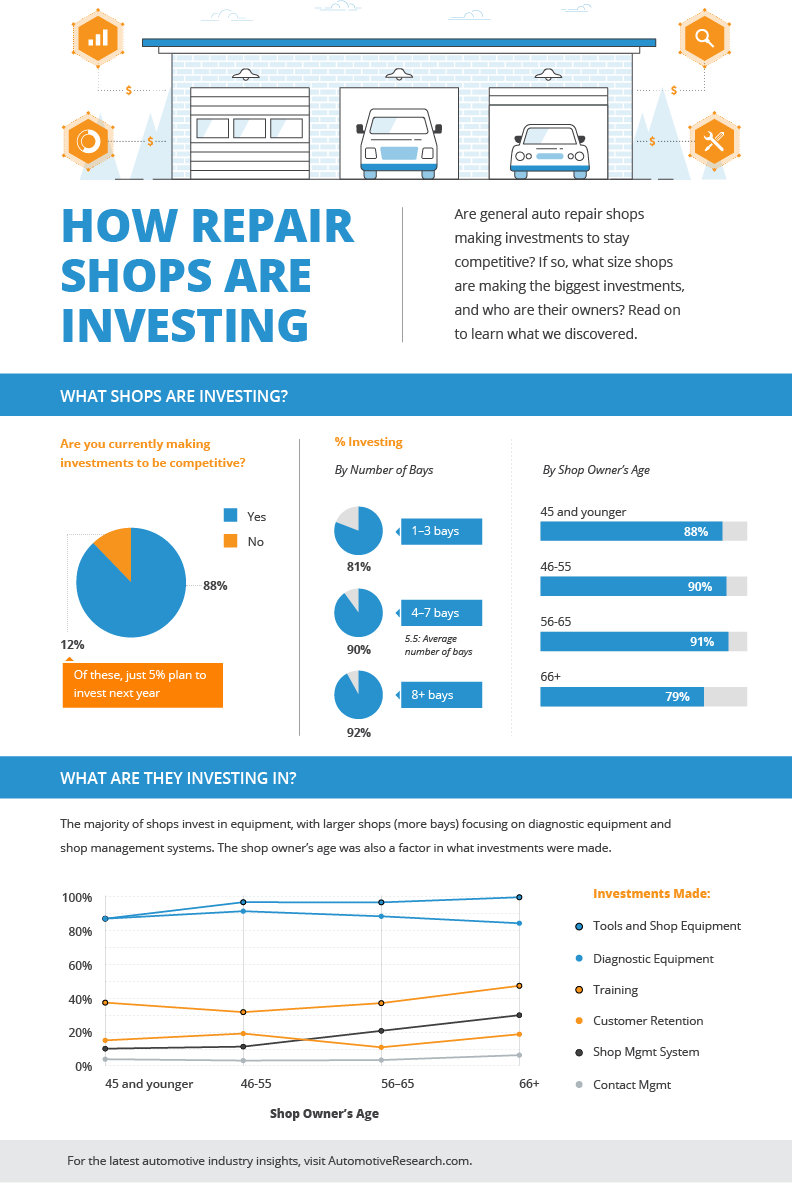Wondering About The Definition Behind Those Dashboard Warning Lights? Gain Insights Right Into Their Ramifications For Your Car'S Safety And Security And Maintenance
Wondering About The Definition Behind Those Dashboard Warning Lights? Gain Insights Right Into Their Ramifications For Your Car'S Safety And Security And Maintenance
Blog Article
Published By-Hartley Stark
When you lag the wheel, those glowing warning lights on your control panel can be a little bit difficult. Do you understand what they're trying to tell you regarding your vehicle's health and wellness? Understanding the relevance of these lights is important for your security and the durability of your automobile. So, the following time one of those lights appears, wouldn't you intend to understand its message precisely and take the required steps to resolve it?
Common Caution Lights and Interpretations
Recognize common warning lights in your auto and recognize their definitions to make certain secure driving.
One of the most typical warning lights consist of the check engine light, which signifies issues with the engine or emissions system. If this light begins, it's essential to have your car examined promptly.
The oil pressure advising light shows reduced oil pressure, calling for instant focus to prevent engine damage.
https://www.wireservice.ca/futsal-milani-auto-repair-shop-wins-summer-2022/ flashing battery light could suggest a malfunctioning billing system, possibly leaving you stranded if not addressed.
The tire stress tracking system (TPMS) light signals you to low tire pressure, affecting lorry security and fuel efficiency. Neglecting this might bring about risky driving problems.
The ABS light suggests a problem with the anti-lock braking system, jeopardizing your capability to stop quickly in emergency situations.
Lastly, the coolant temperature level advising light warns of engine getting too hot, which can lead to serious damages otherwise solved promptly.
Understanding these typical caution lights will certainly help you address problems quickly and keep secure driving problems.
Significance of Prompt Focus
Recognizing the typical warning lights in your automobile is just the very first step; the importance of quickly dealing with these warnings can not be highlighted enough to guarantee your safety and security when driving.
When https://charlietojdx.dm-blog.com/31300410/are-you-thinking-about-uncovering-the-methods-which-automation-and-robotics-are-changing-the-automobile-detailing-market brightens on your control panel, it's your auto's way of communicating a possible concern that requires attention. Overlooking these warnings can result in more serious issues down the road, endangering your security and possibly costing you more in repairs.
Motivate attention to cautioning lights can prevent breakdowns and mishaps. For example, a blinking check engine light could show a misfire that, if left neglected, can cause damages to the catalytic converter. Resolving https://brakerepairnearme94948.blog4youth.com/31788479/are-you-aiming-to-recognize-top-notch-auto-repair-solutions-in-your-location can save you from an expensive repair.
In a similar way, a brake system alerting light might indicate low brake fluid or worn brake pads, important elements for your safety when driving.
Do It Yourself Troubleshooting Tips
If you see a warning light on your control panel, there are a few do it yourself repairing pointers you can try prior to seeking professional help.
The first step is to consult your automobile's manual to comprehend what the certain warning light shows. Often the problem can be as straightforward as a loose gas cap activating the check engine light. Tightening up the gas cap may resolve the issue.
Another typical issue is a low battery, which can cause numerous advising lights. Checking the battery connections for rust and guaranteeing they're safe and secure could repair the issue.
If a warning light continues, you can try resetting it by separating the auto's battery for a couple of minutes and afterwards reconnecting it. Furthermore, checking your vehicle's liquid levels, such as oil, coolant, and brake fluid, can aid fix warning lights associated with these systems.
Conclusion
In conclusion, recognizing your car's caution lights is crucial for keeping your car running efficiently and securely. By quickly dealing with these informs and recognizing what they imply, you can stay clear of expensive repair work and potential break downs.
Bear in mind to consult your cars and truck's guidebook for specific details on each warning light and do something about it accordingly to make sure a trouble-free driving experience.
Remain educated, stay safe when traveling!
